Romulus and Remus: The Legendary Founders of Rome
The myth of Romulus and Remus is central to Rome's legendary origins and is rich with symbolism, political significance, and historical interpretations.

The myth begins with their lineage, deeply connected to both divine and royal ancestry. According to Livy and Plutarch, the twins were the sons of Rhea Silvia, a Vestal Virgin and daughter of Numitor, the rightful king of Alba Longa. Their father was the war god Mars, though some later traditions suggested other fathers, such as Hercules or even an unknown mortal lover.
The Myth’s Origins
Numitor had been overthrown by his usurping brother Amulius, who, fearing a challenge to his rule, forced Rhea Silvia to become a Vestal Virgin, ensuring she remained childless. However, when she gave birth to Romulus and Remus, Amulius saw them as a direct threat.
“The descendants of Aeneas reigned as kings in Alba, and the succession devolved at length upon two brothers, Numitor and Amulius.
Amulius divided the whole inheritance into two parts, setting the treasures and gold which had been brought from Troy over against the kingdom, and Numitor chose the kingdom.
Amulius, then, in possession of the treasure, and made more powerful by it than Numitor, easily took the kingdom away from his brother, and fearing lest that brother's daughter should have children, made her a priestess of Vesta, bound to live unwedded and a virgin all her days.
Her name is variously given as Ilia, or Rhea, or Silvia.”
Amulius ordered the infants to be drowned in the Tiber River, but the river was swollen, and the servants tasked with the deed instead left the babies in a basket floating downstream. The basket eventually ran aground at the base of the Palatine Hill, near the Lupercal Cave.
“Wherefore Amulius was all the more afraid, and ordered a servant to take the boys and cast them away.
This servant's name was Faustulus, according to some, but others give this name to the man who took the boys up.
Obeying the king's orders, the servant put the babes into a trough and went down towards the river, purposing to cast them in; but when he saw that the stream was much swollen and violent, he was afraid to go close up to it, and setting his burden now near the bank, went his way.
Then the overflow of the swollen river took and bore up the trough, floating it gently along, and carried it down to a fairly smooth spot which is now called Kermalus, but formerly Germanus, perhaps because brothers are called "germani."
Plutarch, The Life of Romulus

Here, the most famous episode of the myth took place: the twins were discovered and suckled by a she-wolf (lupa). Some versions suggest that the lupa was actually a local shepherd’s wife, as the word could also mean “prostitute.” The Roman historian Dionysius of Halicarnassus, emphasizes this ambiguity, but the traditional image of the she-wolf nursing the infants became central to Roman identity.
“So they made shift to discharge the king's command, by exposing the babes at the nearest point of the overflow, where the fig-tree Ruminalis —formerly, they say, called Romularis —now stands.
In those days this was a wild and uninhabited region.
The story persists that when the floating basket in which the children had been exposed was left high and dry by the receding water, a she-wolf, coming down out of the surrounding hills to slake her thirst, turned her steps towards the cry of the infants, and with her teats gave them suck so gently, that the keeper of the royal flock found her licking them with her tongue.”
Livy, The History of Rome, Book 1
Eventually, a shepherd named Faustulus and his wife Acca Larentia found and raised the boys as their own. The twins grew up among shepherds, learning survival skills and leadership.
“Tradition assigns to this man the name of Faustulus, and adds that he carried the twins to his hut and gave them to his wife Larentia to rear.
Some think that Larentia, having been free with her favours, had got the name of “she-wolf” among the shepherds, and that this gave rise to this marvellous story.”
Livy, The History of Rome, Book 1
As young men, Romulus and Remus became natural leaders among the local youth, engaging in raids and contests of strength. Their true identity was eventually revealed when Remus was captured by Numitor’s men after a skirmish. Taken to Alba Longa, Numitor suspected a connection and, with Faustulus’ confirmation, recognized the twins as his grandsons.
With their newfound lineage exposed, Romulus and Remus raised a force of local shepherds and successfully overthrew Amulius, restoring Numitor to the throne of Alba Longa.
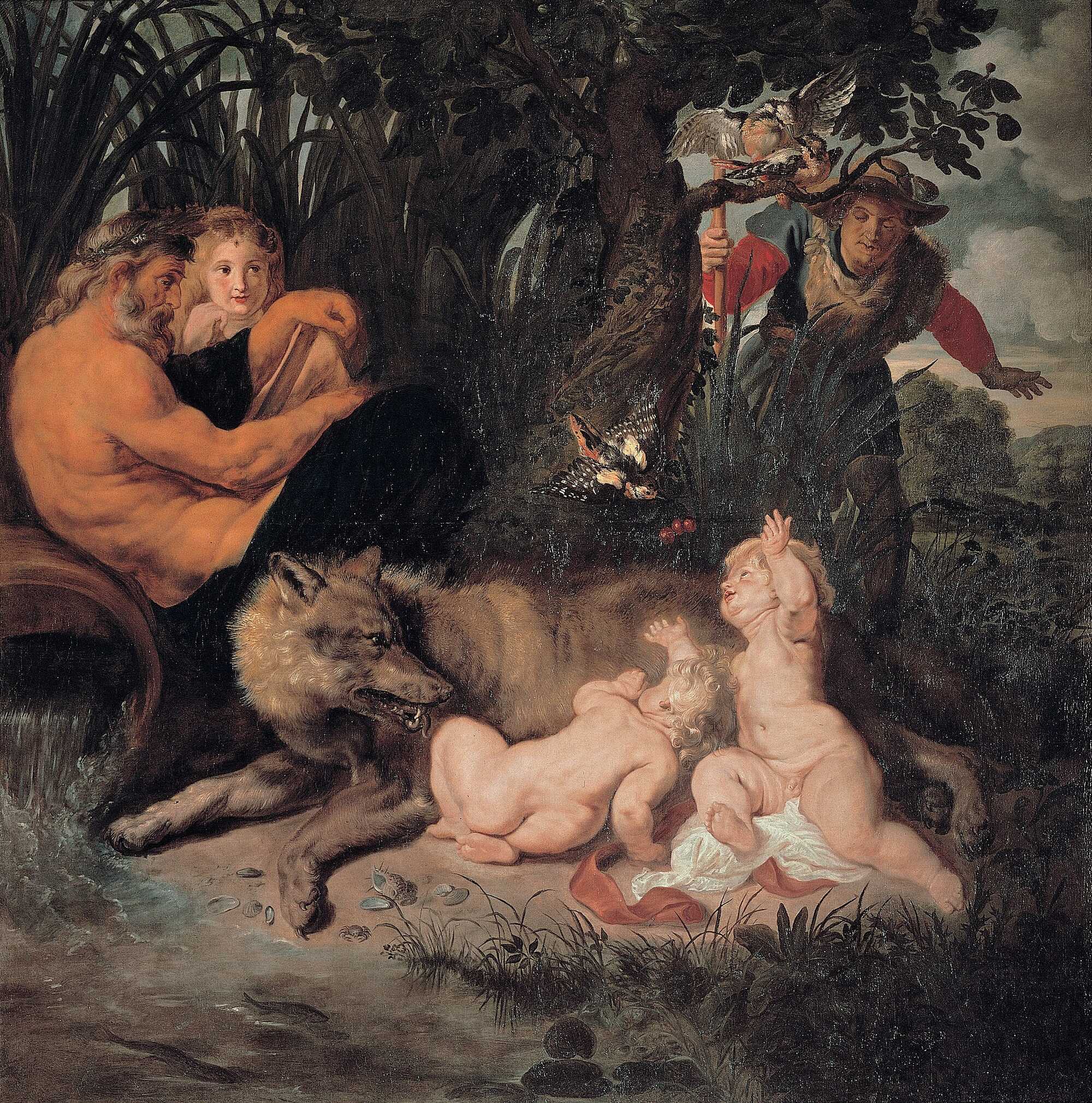
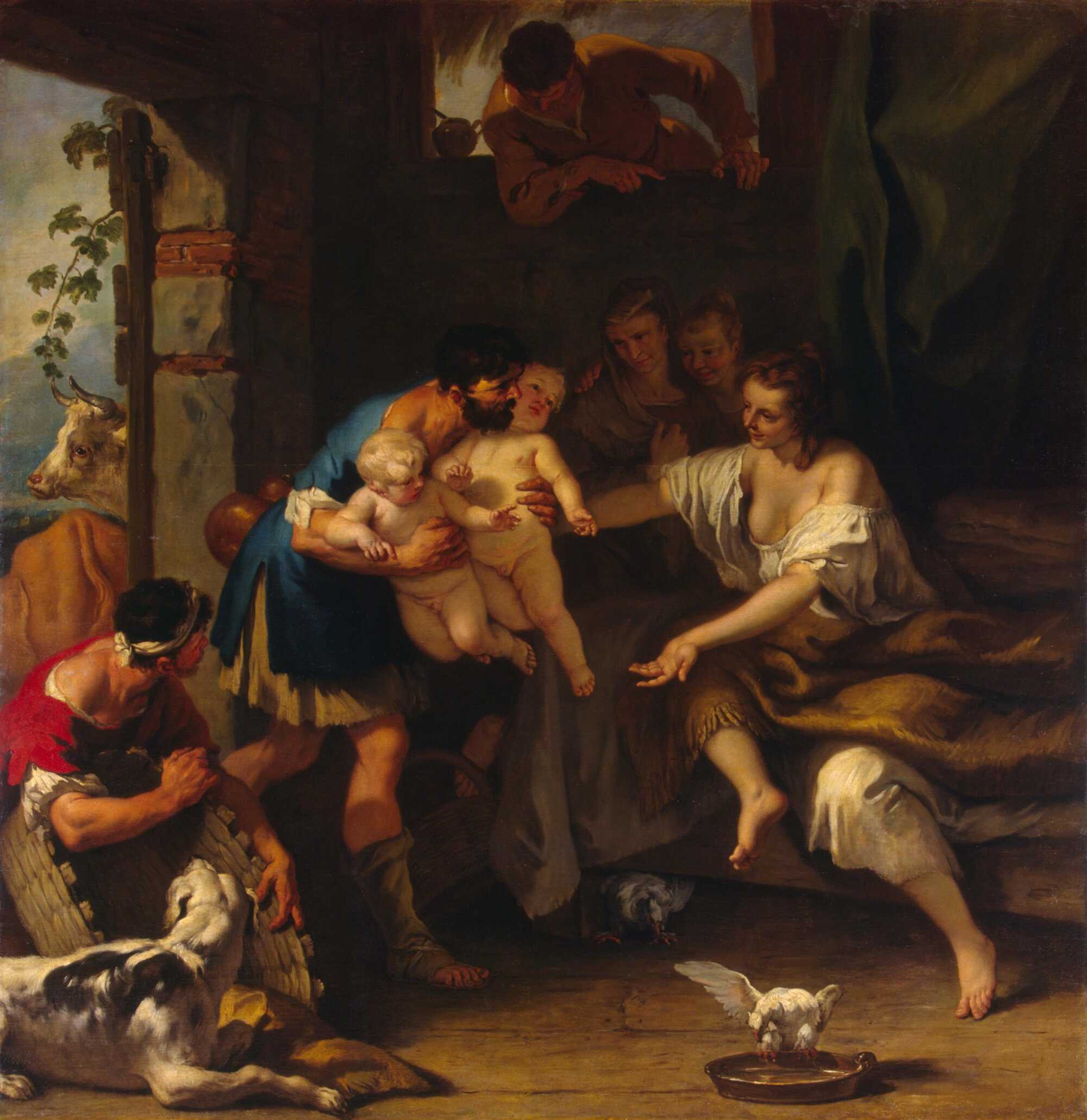
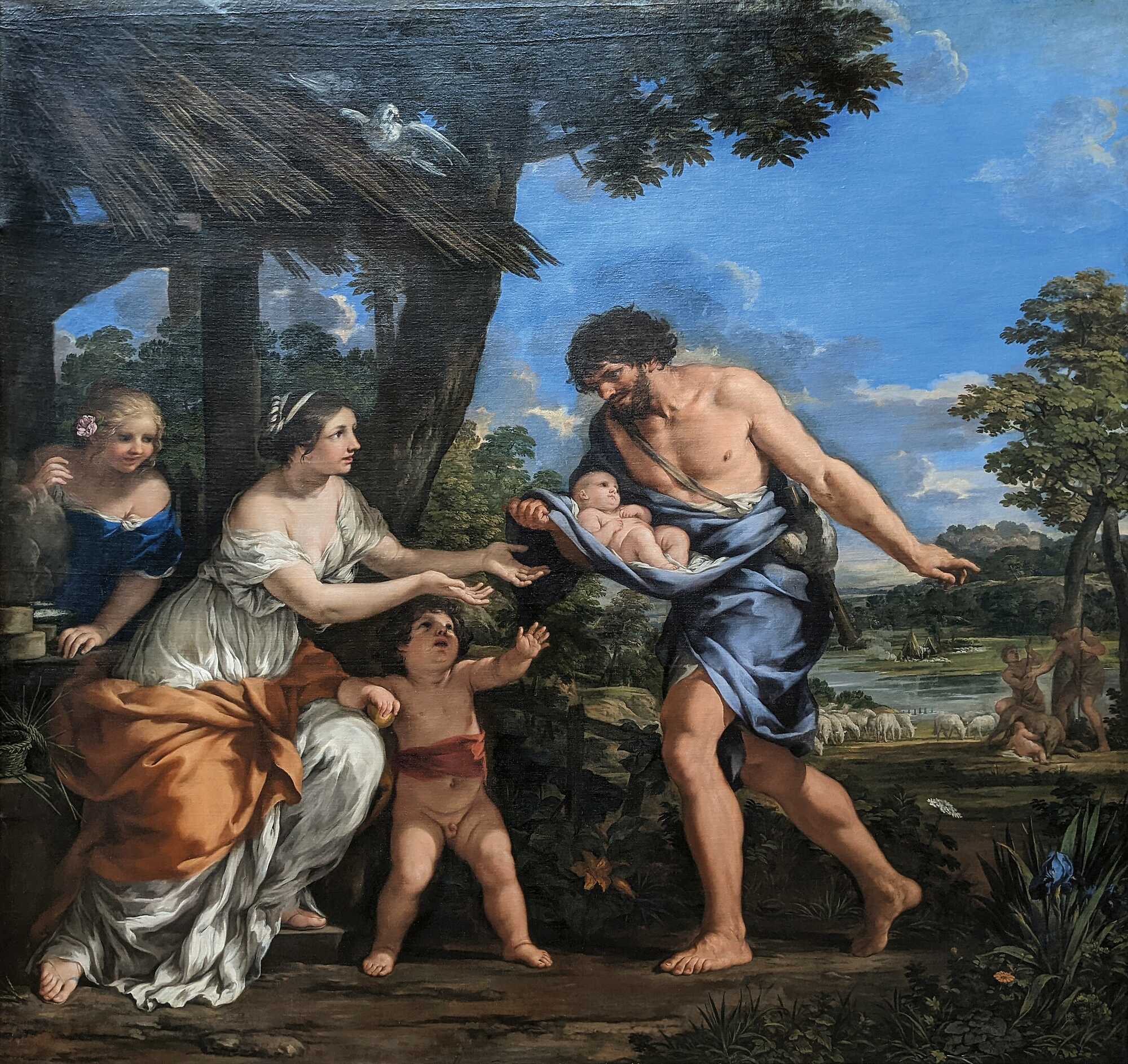
Romulus and Remus are commonly depicted as infants nursing from a she-wolf, a motif frequently portrayed on coins and various artworks. The enduring saga of Romulus and Remus has served as a wellspring of inspiration for numerous Renaissance artists, including Berrettini, La Fosse, Cesari, and Rubens.
Credits
#1: Peter Paul Rubens’ version of Romulus and Remus
#2: Sebastiano’s Ricci painting of the childhood of Romulus and Remus
#3: Pietro da Cortona’s painting of Romulus and Remus sheltered by Faustulus
The Founding of Rome
Rather than staying in Alba Longa, the twins decided to found their own city. They sought an auspicious location and chose different hills—Romulus favored the Palatine Hill, while Remus preferred the Aventine Hill.
“The Alban state being thus made over to Numitor, Romulus and Remus were seized with the desire to found a city in the region where they had been exposed and brought up.
And in fact the population of Albans and Latins was too large; besides, there were the shepherds.
All together, their numbers might easily lead men to hope that Alba would be small, and Lavinium small, compared with the city which they should build.”
Livy, The History of Rome, Book 1
To resolve their dispute, they turned to augury. According to one version, Remus saw six vultures first, but Romulus saw twelve vultures later, which he took as a superior omen. Disagreement over the interpretation led to tensions.
“These considerations were interrupted by the curse of their grandsires, the greed of kingly power, and by a shameful quarrel which grew out of it, upon an occasion innocent enough.
Since the brothers were twins, and respect for their age could not determine between them, it was agreed that the gods who had those places in their protection should choose by augury who should give the new city its name, who should govern it when built.
Romulus took the Palatine for his augural quarter, Remus the Aventine.”
Livy, The History of Rome, Book 1

The Death of Remus
The conflict escalated, and in a fit of rage or necessity, Romulus killed Remus. The circumstances of Remus’ death vary: Livy says that Remus mockingly jumped over Romulus' walls, and Romulus struck him down, declaring, “So perish anyone who crosses my walls!”
Plutarch on the other hand suggests that Remus was slain by one of Romulus’ men, possibly at Romulus' command. Dionysius of Halicarnassus lays another claim, stating that Remus was killed in a brawl between factions.
In any case, after Remus’ death, Romulus formally established the city of Rome on April 21, 753 BCE, according to later Roman tradition. He divided the population into military and social groups, created the first Roman laws, and established a ruling system.
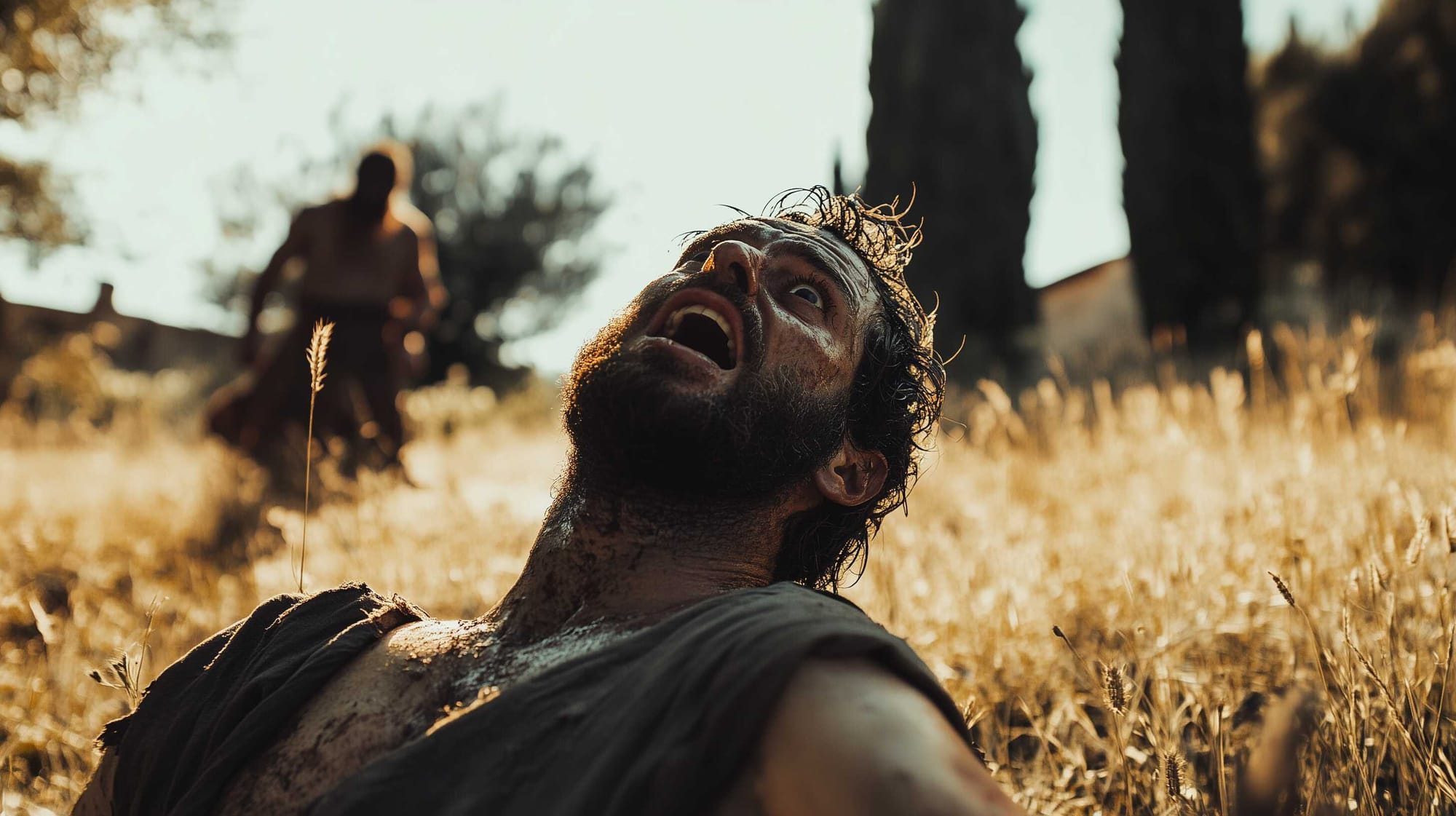
The Evolution of the Myth
The origins of the Romulus legend can be traced to an approximate timeframe by analyzing the various stages through which the myth developed. The earliest indications of a narrative about Rome’s foundation appear at the beginning of the fourth century BCE, originating from Greek sources rather than Roman ones.
At this stage, the story centered on an eponymous heroine, Roma (Ῥώμη), as recorded by Damastes of Sigeion (circa 400 BCE) and Hellanikos (late fifth century BCE). Around the same time, an alternative version emerged featuring an eponymous hero, Romos (Ῥῶμος), as documented by Agathocles of Cyzicus and Antigonus, the historian of southern Italy. Initially, these two variations coexisted, but an early attempt at harmonization led to the notion that Romos was the son of Roma.
The Romans adopted the concept of an eponymous founder from the Greeks when the legend of Romos was introduced to them. However, they adapted it in a distinctly Roman manner, modifying it to fit their own identity. While they retained the idea of a city founder, they changed the name to one that was already in use among them—Romulus. This name was not a diminutive form but rather the eponym of the gens Romulia.
Some scholars argue that the gens Romulia had Etruscan origins and played a crucial role in the founding of Rome as a city (urbs), distinguishing it from earlier settlements (oppida). However, regardless of any historical basis, the legend remained purely mythical and was not derived from direct tradition.
With this transformation, the Greek Ῥῶμος evolved into the Latin Romulus, marking the second stage of the legend’s development. Just as the names Ῥώμη and Ῥῶμος were initially reconciled, the parallel forms Ῥῶμος and Romulus were later merged. Greek sources incorporated both names, presenting them as brothers—Ῥῶμος and Ῥωμύλος. However, Ῥῶμος continued to hold the primary role in the story, as seen in the accounts of Kallias, Kephalon of Gergis, and Demagoras of Samos.

This marked the third stage of the legend, in which Romos and Romulus were depicted as co-founders of Rome, although Romos was still the central figure.
A possible representation of Romulus and Remus celebrating the inauguration of their new city, Rome. Credits: Roman Empire Times, Midjourney
The presence of two legendary founders led to speculation about its connection to Roman political structures. Mommsen (Christian Matthias Theodor Mommsen was a German classical scholar, historian, jurist, journalist, politician and archaeologist. He is widely regarded as one of the greatest classicists of the 19th century) suggested that this myth reflected the later dual consulship system.
However, this interpretation does not hold, as the true legendary parallel to the consulship was found in Romulus and Titus Tatius, who, according to tradition, ruled jointly. By contrast, Remus died before Rome’s foundation, making the consulship explanation less plausible.
The Greek legend of Ῥῶμος and Ῥωμύλος eventually returned to Rome, where a further modification occurred—Ῥῶμος was deliberately replaced with Remus. This was not a simple linguistic change but a deliberate act of substitution. It was likely during this process that the concept of the twin brothers emerged.
The earliest known reference to Romulus appears in a Greek quotation from Kallias, dating to around 300 BCE. Since even Ῥῶμος does not appear in recorded sources until approximately 400 BCE, it is reasonable to conclude that the Romulus legend developed during the fourth century BCE.
This dating is further supported by the fact that the other major Roman foundation myth—the story of Aeneas—also took shape during this period. The historian Timaeus, known for his influence on the Aeneas legend, may have played a similar role in shaping the Romulus myth.
Additional evidence for the fourth-century development of the legend comes from material culture. The Ogulnian wolf, a famous statue depicting the she-wolf and twins, dates to 296 BCE, aligning with this timeframe. Similarly, Roman-Campanian coinage from the same period features the same imagery.
Thus, by around 300 BCE, the legend of Romulus and Remus as twin founders was firmly established. Since this dating diverges significantly from the commonly accepted timeline, it was necessary to examine the evidence in detail to justify this conclusion.
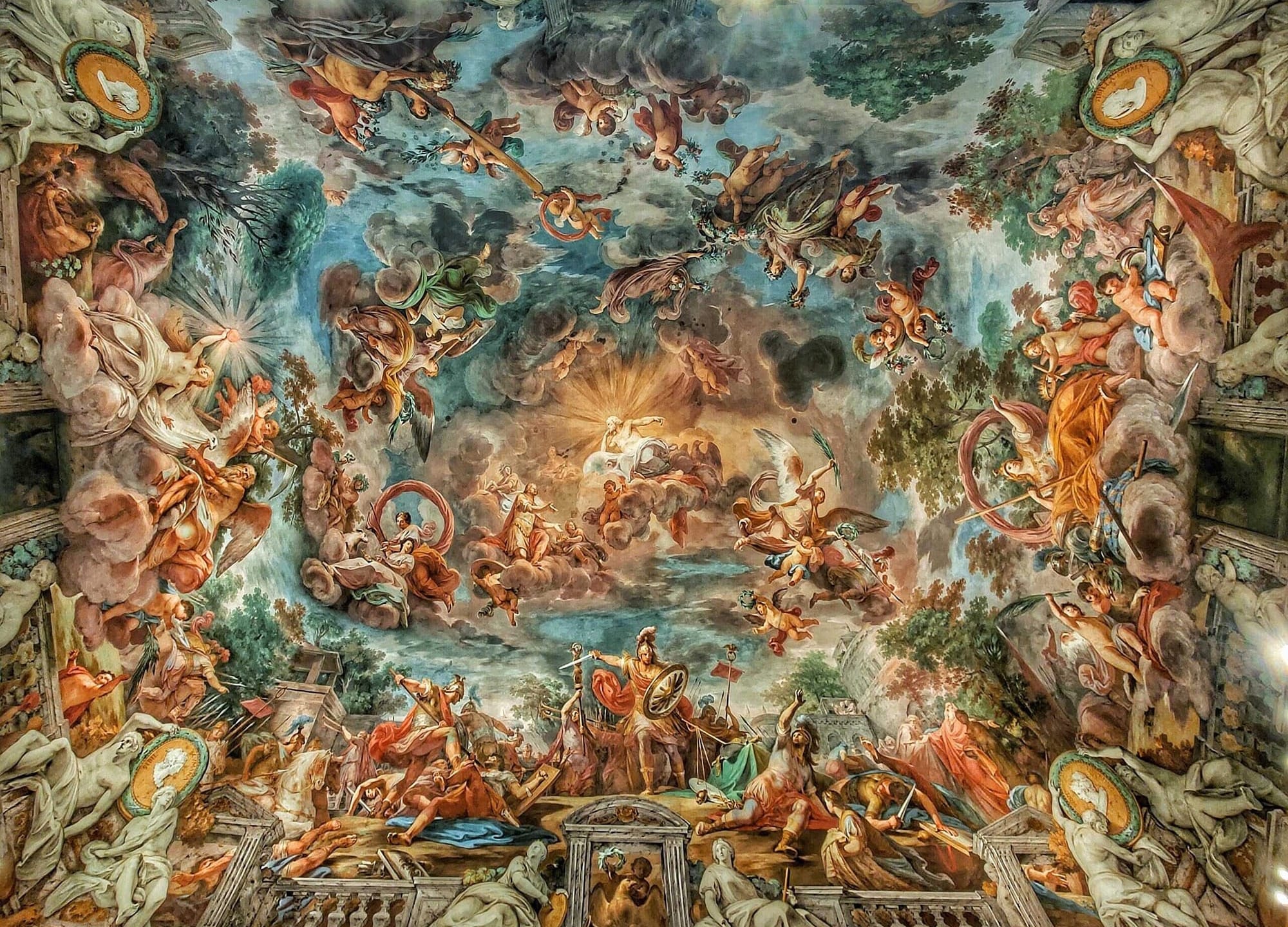
From Founding Hero to Deified Quirinus
The legends surrounding Romulus can be classified into three major groups:
- The Romulus-Remus cycle
- The Romulus-Titus Tatius narratives
- Stories of Romulus as a solitary figure
A chronological analysis suggests that the Romulus-Remus legend is the oldest, followed by the accounts of Romulus and Titus Tatius, while the stories of Romulus alone, including those concerning his death, emerged last. The legend of Romulus' death likely originated in the third century BCE rather than the fourth, with the earliest reference found in Ennius:
"Romulus in caelo cum dis genitalibus aevum degit."
Romulus lives from age to age in Heaven with the gods that gave him birth.
This suggests that Romulus was envisioned as deified, though the specific details of his death were not initially provided. However, the prevailing belief was that he vanished mysteriously—what later traditions would describe as his divine translation to the heavens. Similar narratives exist for other mythical figures such as Aeneas, Latinus, and Aventinus, reinforcing the idea that this was the earliest version of the legend.
Over time, additional details were attached to the story. Romulus' disappearance was later said to have occurred during a military purification ritual, or lustratio, in the Campus Martius, specifically at Caprae Palus (the Goat Marsh), near the Pantheon. The date of his disappearance was fixed on the Nones of July, known as the Nonae Caprotinae, likely influenced by the similarity in the words Caprae Palus and Caprotinae.
Natural phenomena were also incorporated into the legend—Romulus’ sudden vanishing was explained by a violent thunderstorm and an eclipse that plunged the city into darkness, making the event seem more extraordinary and divine. As rationalist interpretations gained traction in later centuries, particularly following the influence of Ennius, these supernatural elements became unsatisfactory to some thinkers.
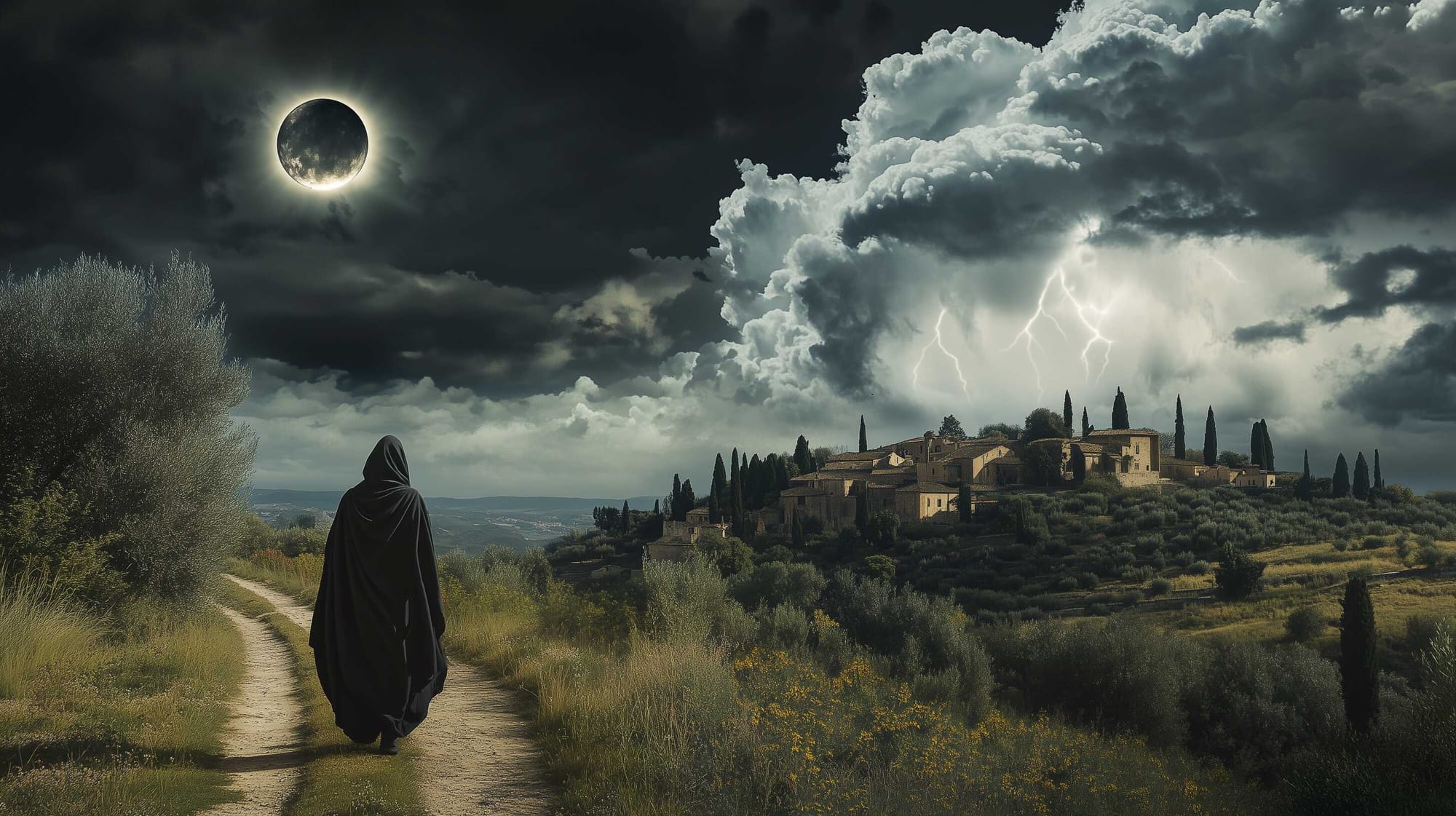
The same intellectual climate that reinterpreted the she-wolf (lupa) as a prostitute (meretrix) and the legendary chasm of Marcus Curtius as a mere bog, now sought a more human explanation for Romulus’ disappearance. An alternate, more sinister version emerged: Romulus was murdered by the Senate.
According to this account, the senators, motivated by resentment toward his increasingly autocratic rule, conspired against him, tore his body apart, and concealed the remains under their togas to prevent detection. In this version, his reputation was further tarnished—his supposed trickery in the augury contest with Remus, his perceived injustice toward Titus Tatius, and his autocratic tendencies, including the establishment of a personal bodyguard, were all cited as justification for his assassination.
However, this version of the story eventually provoked a reaction in favor of the earlier belief in Romulus' divine ascension. In the final century of the Republic, the theory of apotheosis gained renewed emphasis, reinforced by the growing identification of Romulus with Quirinus, a god associated with the Roman state. The earliest known references to this identification appear on the coins of Caius Memmius (60 BCE) and in Cicero’s De Republica (written between 54–51 BCE).
The Proculus Julius episode, which described how a noble Roman witnessed Romulus’ posthumous appearance and confirmed his divinity, played a crucial role in solidifying this belief. The name Proculus Julius hints at the possible influence of the Julian gens, which sought to elevate Romulus as a model of divine rulership.
Cicero’s later remark in De Officiis, “pace vel Quirini vel Romuli dixerim” (By your leave, whether I say Quirinus or Romulus), suggests that even by 44 BCE, this identification was still relatively new. Whether or not the Julian family was responsible for promoting this version of the legend, it was Julius Caesar and Augustus who ultimately popularized it.
Romulus and Quirinus became so closely intertwined that the ancient goddess Hora Quirini, one of the earliest figures in Roman religion, was later equated with Hersilia, Romulus' legendary wife. This final stage of the legend firmly established Romulus as both a historical founder and a divine figure, ensuring his lasting place in Roman mythology. (American school of Classical Studies in Rome – "The Death of Romulus" by Jesse Benedict Carter)
Myth and Meaning
CM Crawford, in "Romulus, Remus and the Foundation of Rome," examines the origins and evolution of Rome’s most famous foundation myth. He highlights how the legend of the twin brothers, raised by a she-wolf and destined to establish the Eternal City, was not a uniquely Roman invention but rather a fusion of Greek, Etruscan, and Indo-European storytelling traditions.
The tale, shaped over centuries, served not only as a mythical explanation for Rome’s beginnings but also as a reflection of its values, political ideologies, and religious beliefs. The earliest references to the legend can be traced to Greek sources around the fourth century BCE, where Roma (a female figure) or Romos (a male hero) were credited with founding the city.
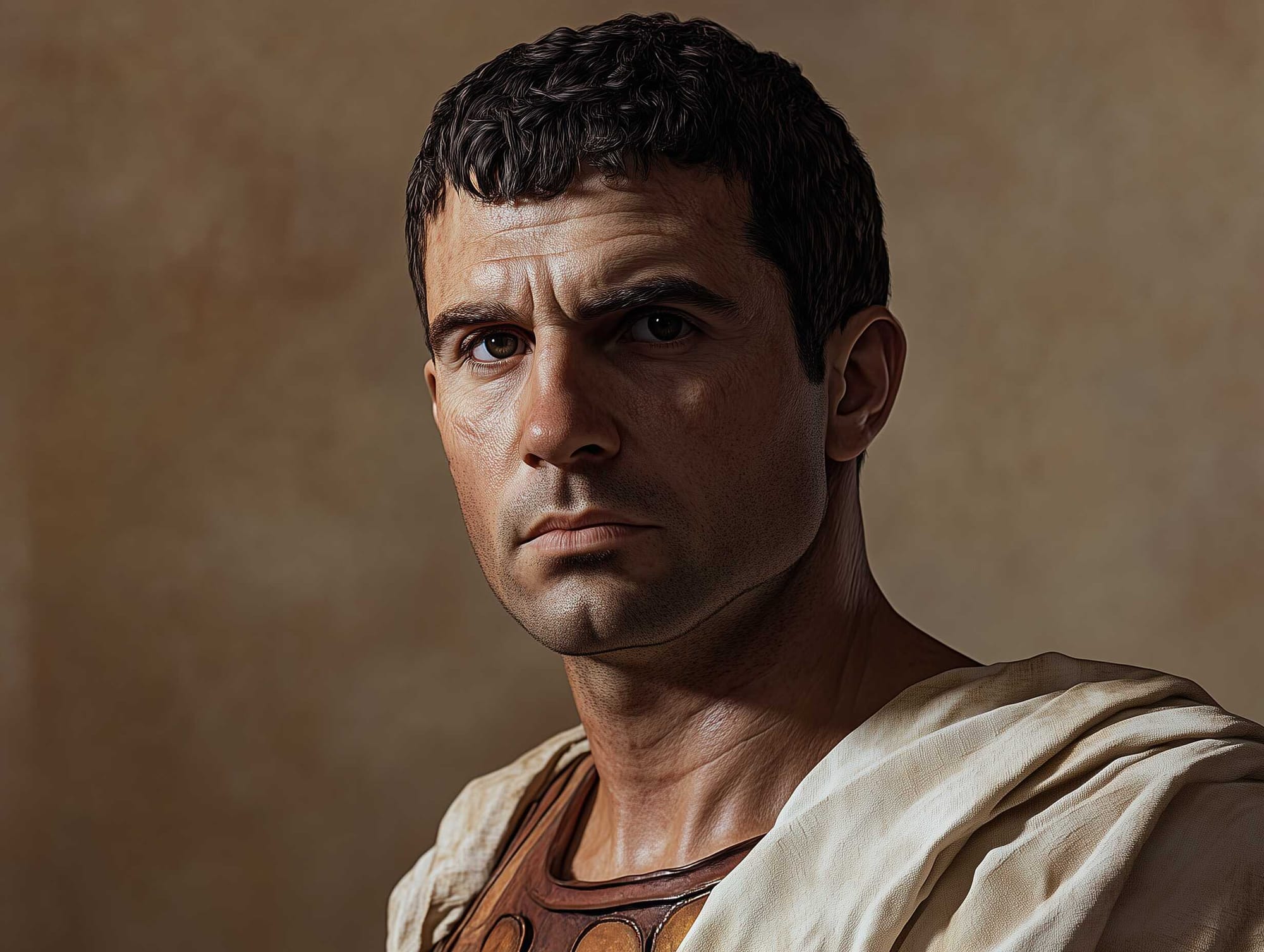
The Romans, however, transformed these ideas to fit their own narrative, ultimately settling on Romulus as the city's eponymous founder.
A possible portrait of Romulus, the official founder of Rome. Credits: Roman Empire Times, Midjourney
The story as we know it—featuring the twins' divine parentage, their abandonment at birth, and their subsequent rise to power—became fully developed by the third century BCE. By this time, the lupa (she-wolf) and the pastoral upbringing by the shepherd Faustulus had become central elements of the myth, reinforced by the famous statue of the Capitoline Wolf, erected in 296 BCE.
A key function of the myth was to establish Rome’s divine origins. By making Mars the father of the twins and linking Romulus to Quirinus (the early Roman deity we aforementioned), the story legitimized Rome’s militaristic and sacred destiny.
The rivalry between the brothers, culminating in Remus’s death, echoed themes of sacred boundary violations seen in other ancient myths. Romulus’s act of fratricide symbolized the supremacy of law and order over kinship—a fundamental principle in Roman political life.
The tale also evolved to reflect shifting political realities. Initially, Romulus ruled alone, but later traditions incorporated Titus Tatius, the Sabine king, as his co-ruler, likely to reconcile Rome’s dual identity as both Latin and Sabine. By the time of the late Republic, when concerns over tyranny grew, Romulus’s story was adapted once more—his mysterious disappearance during a storm was reinterpreted as an assassination by the Senate. This version served as a warning against unchecked monarchical power.
Despite its mythical nature, the story of Romulus and Remus had real-world implications. The fratricide of Remus justified Rome’s strict adherence to its pomerium (sacred boundary), while the abduction of the Sabine women explained early Roman expansion and diplomacy. Over time, the legend helped cement Rome’s identity, balancing its divine mission with its political pragmatism.
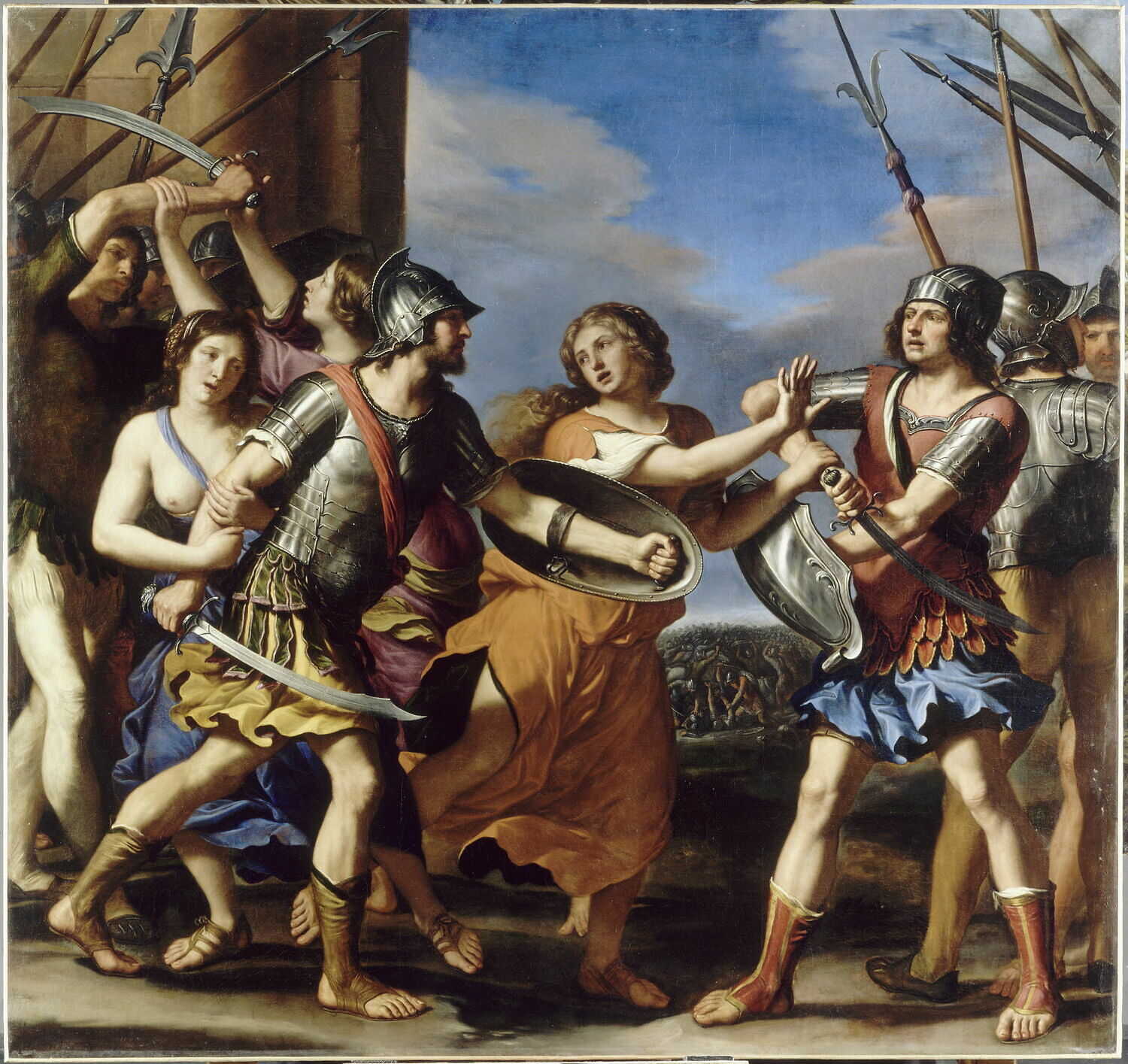
The Lupercalia and the Mythic Origins of Rome
P.M.W. Tennant, in “The Lupercalia and the Romulus and Remus Legend”, explores how Rome’s foundation myth evolved, shaped by cultural influences over time. He highlights the Greek origins of the legend, the significance of the she-wolf motif, and the connection between the myth and the ancient Roman festival of Lupercalia.
Greek historians, as already mentioned, were among the first to construct Rome’s foundation story, often assigning Greek founders such as "Rhomylos" or "Alba" to the city. This suggests that early Rome lacked a strong indigenous foundation myth, allowing Greek narratives to shape its origins. The name "Romulus" appears to have developed later, with the myth gradually adapted to align with Roman identity.
One of the most enduring elements of the legend is the she-wolf that nurtured the twins. Tennant examines whether this motif predated the Romulus and Remus story, possibly emerging from Etruscan or Latin superstitions about wolves' supernatural significance. The famous Capitoline Wolf statue, suggests that this imagery existed before the legend was fully formed.
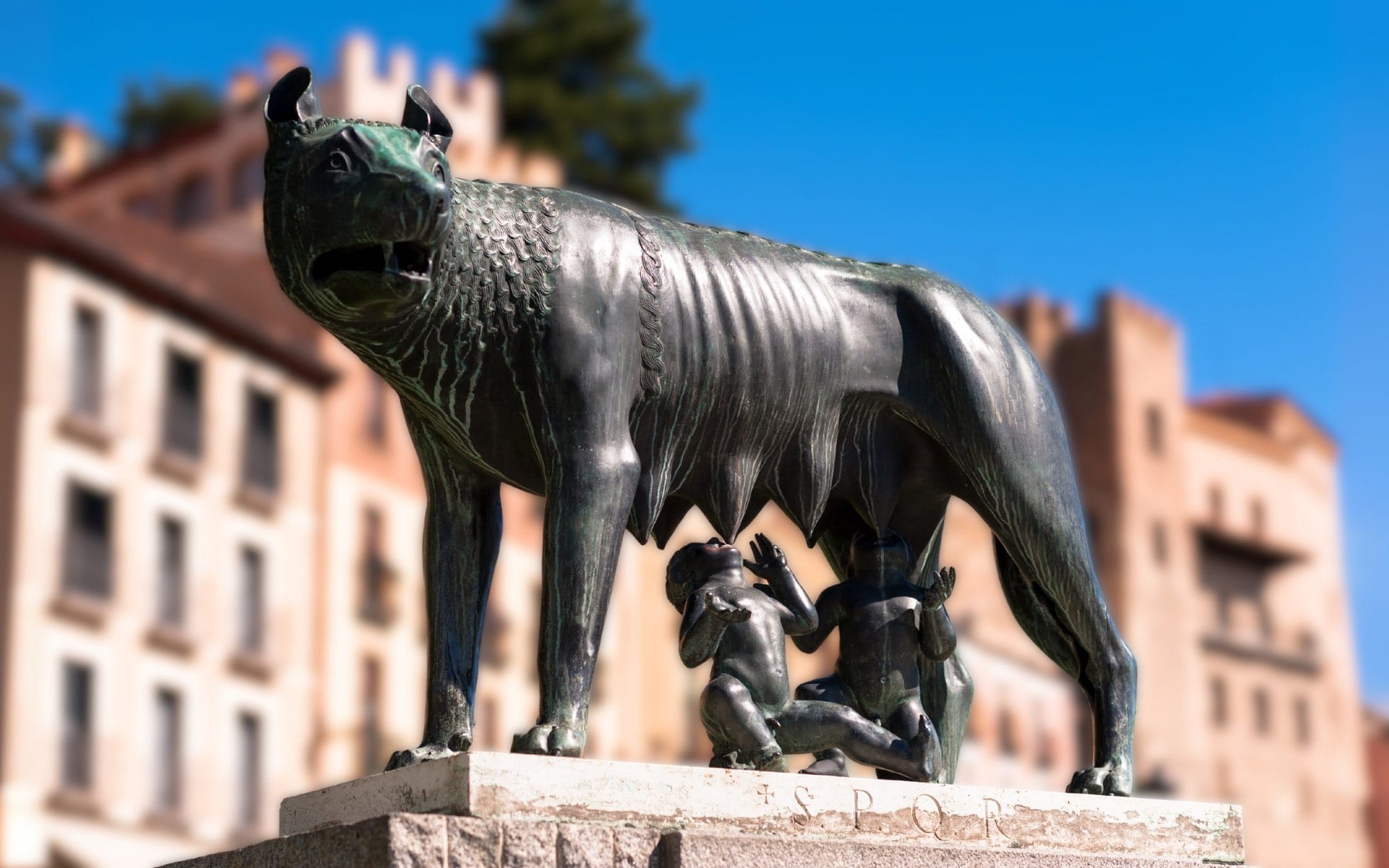
Additionally, Tennant argues that the connection between the twins and the wolf may stem from Lupercalia, an ancient Roman festival linked to fertility and purification. The festival, dedicated to the god Faunus, involved young men dressed in wolf skins running through the streets, a practice that may have influenced the framing of the twins' survival story.
Another key point Tennant explores is the role of Mars in the myth. The god’s later inclusion as the father of Romulus and Remus may have been influenced by the she-wolf’s sacred association with Mars in early Latin religion. This addition elevated the myth, reinforcing Rome’s divine origins and its warrior ethos.
Over time, the Romulus and Remus legend underwent transformations, incorporating Greek, Etruscan, and Roman religious elements. Tennant suggests that as Rome grew in power, the myth was reshaped to serve political and cultural purposes, emphasizing divine ancestry and the city’s destined supremacy.
While many aspects of the story were influenced by external traditions, its evolution ultimately reflected Rome’s self-image, intertwining history, religion, and mythology into a narrative that endured for centuries.

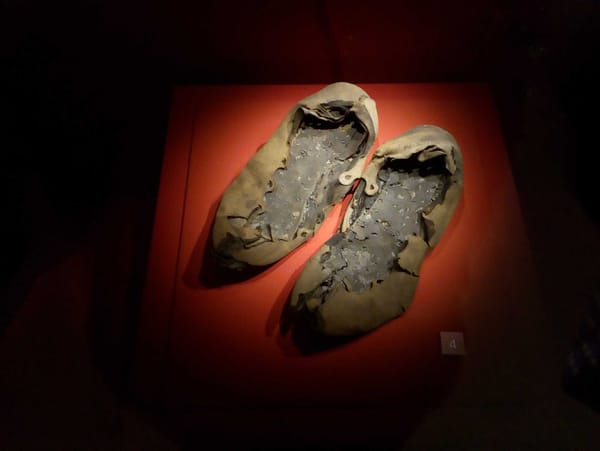
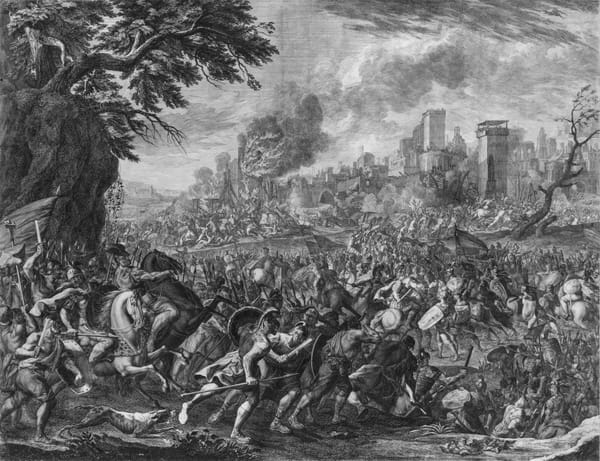
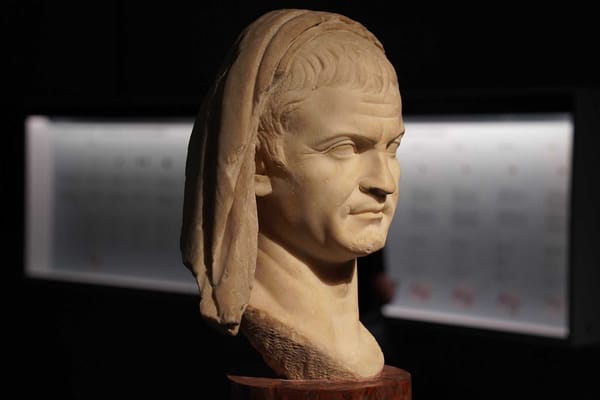

About the Roman Empire Times
See all the latest news for the Roman Empire, ancient Roman historical facts, anecdotes from Roman Times and stories from the Empire at romanempiretimes.com. Contact our newsroom to report an update or send your story, photos and videos. Follow RET on Google News, Flipboard and subscribe here to our daily email.
Follow the Roman Empire Times on social media: